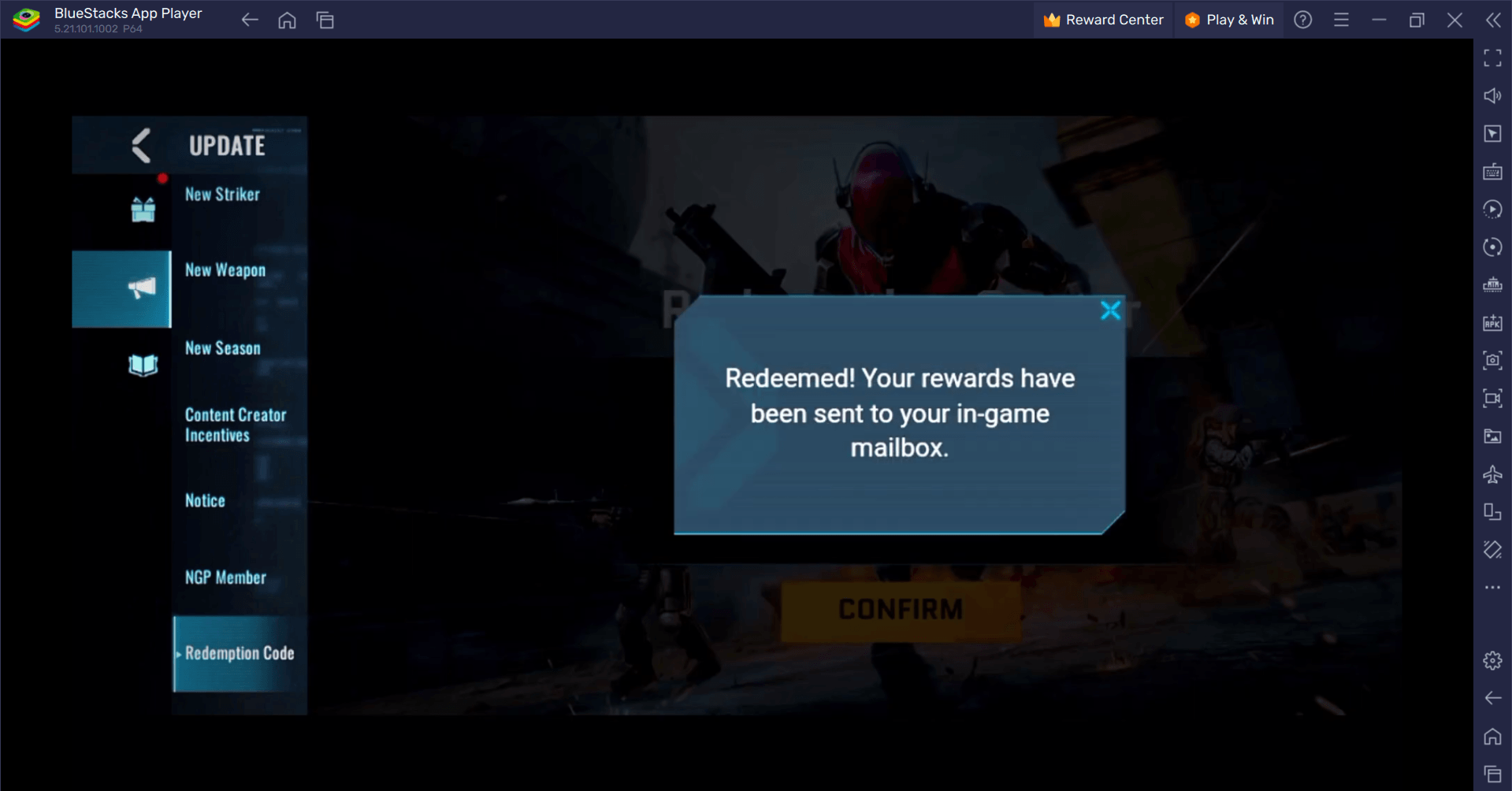"Gaming Monitors Outpace Expectations at Computex 2025"
Three gaming monitors pushing the boundaries of refresh rates were unveiled at Computex. The standout is the Asus ROG Strix Ace XG248QSG, boasting a 1080p resolution with an astonishing 610Hz refresh rate. Meanwhile, both MSI and Acer have introduced 1440p displays that clock in at 500Hz, a spec that challenges even the mightiest RTX 5090 with multi-frame generation.
Acer's Predator X27U F5 features a QD-OLED panel, ensuring exceptional color accuracy. Initially launching in Europe and China at a starting price of €899, Acer plans to bring it to the US market but has not yet disclosed pricing due to ongoing tariff negotiations with retailers. Given the rising costs of tech in the US, affordability might be a concern.
MSI's 27-inch MPG 271QR X50 also sports a QD-OLED panel and introduces an innovative AI feature. A small sensor at the bottom of the display detects when you step away, triggering the monitor to turn off and engage its burn-in protection. This feature, powered by a Neural Processing Unit (NPU), helps mitigate the risk of burn-in, which is particularly important for gaming monitors with static images. While the AI aspect may seem daunting, it's a step up from traditional OLED protection that could interrupt gameplay.
Do Gaming Monitors Need to Be This Fast?
The introduction of monitors with such high refresh rates raises questions about their necessity. The Asus ROG Strix Ace XG248QSG's 610Hz refresh rate at 1080p is exceptionally fast, even with Nvidia's multi-frame generation technology pushing frame rates to new heights. Achieving this in games like Marvel Rivals would require an RTX 5090 and multi-frame generation, though the latter can introduce latency, making it less ideal for competitive play.
To fully leverage these high refresh rates, you'd need not only a powerful GPU but also a robust CPU. At these frame rates, the CPU must efficiently supply data to the GPU. While technologies like Nvidia Reflex and frame generation can help, a strong CPU is essential to maintain performance around 600 fps.
The advantage of such high frame rates lies in the significantly reduced render latency, which is crucial for competitive gaming. Players of games like Counter-Strike 2 prioritize low settings to maximize frame rates and minimize input lag, as this can be the deciding factor in competitive matches. However, whether the substantial investment required for these monitors is justified remains a pertinent question for most gamers.
-
1

Stardew Valley: A Complete Guide To Enchantments & Weapon Forging
Jan 07,2025
-
2

Roblox UGC Limited Codes Unveiled for January 2025
Jan 06,2025
-
3

Pokémon TCG Pocket: Troubleshooting Error 102 Resolved
Jan 08,2025
-
4
![Roblox Forsaken Characters Tier List [UPDATED] (2025)](https://imgs.ksjha.com/uploads/18/17380116246797f3e8a8a39.jpg)
Roblox Forsaken Characters Tier List [UPDATED] (2025)
Mar 17,2025
-
5

Blood Strike - All Working Redeem Codes January 2025
Jan 08,2025
-
6

Blue Archive Unveils Cyber New Year March Event
Dec 19,2024
-
7

Cyber Quest: Engage in Captivating Card Battles on Android
Dec 19,2024
-
8

Roblox: RIVALS Codes (January 2025)
Jan 07,2025
-
9

Bart Bonte Drops a New Puzzle Mister Antonio Where You Play Fetch ‘For’ a Cat!
Dec 18,2024
-
10

Girls' Frontline 2: Exilium Debuts Soon
Dec 26,2024
-
Download

A Simple Life with My Unobtrusive Sister
Casual / 392.30M
Update: Mar 27,2025
-
Download

Random fap scene
Casual / 20.10M
Update: Dec 26,2024
-
Download
![Corrupting the Universe [v3.0]](https://imgs.ksjha.com/uploads/66/1719514653667db61d741e9.jpg)
Corrupting the Universe [v3.0]
Casual / 486.00M
Update: Dec 17,2024
-
4
Ben 10 A day with Gwen
-
5
A Wife And Mother
-
6
Permit Deny
-
7
Roblox
-
8
Cute Reapers in my Room Android
-
9
Oniga Town of the Dead
-
10
Utouto Suyasuya














